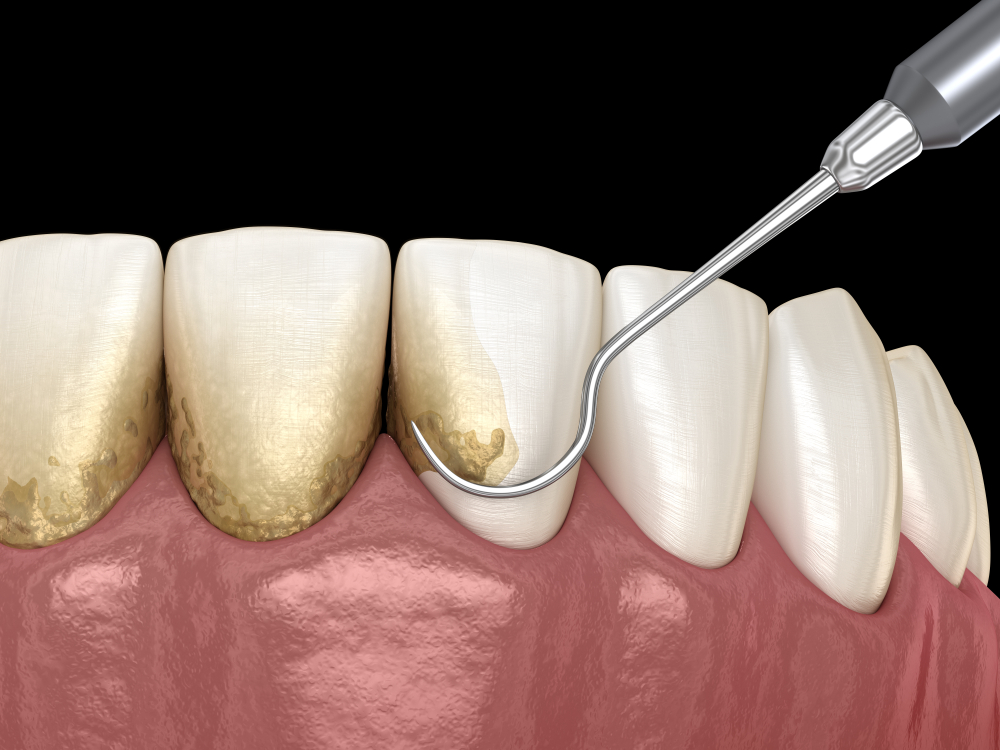Periodontal or gum disease is an infection in the tissues that hold your teeth in place. The leading causal factor of periodontal disease is poor dental hygiene which results in plaque buildup on the teeth.
Signs and symptoms of periodontitis include:
- Bad breath
- Bleeding gums
- Loss and lose teeth
- Tender gums
- Pain during chewing
- Evidence of blood in spit while brushing
- Pus between your gums and teeth
- Bright red or purplish gums
If you’re in Mt Kisco, New York, you can schedule a dentist’s appointment the minute you notice one of the symptoms above. The earlier the care is administered, the easier it is to reverse any damage caused to your teeth.
What is periodontal therapy?
Refers to a series of treatments you may need to undergo to restore your dental health and prevent any case of tooth loss. Two kinds of periodontal therapy exist; surgical and non-surgical.
Non-surgical periodontal therapy
The main goal of having a non-surgical periodontal therapy is to remove bacteria and toxins contained in the tooth’s root surface.
Non-surgical periodontal therapy includes:
- Frequent maintenance and cleaning appointments
- Use of bite guards
- Bite adjustment
- Deep gum cleaning helps reduce the accumulation of bacteria and inflammation under the gum line.
- Diagnosis of soft tissue biopsy and oral lesions.
- Use of antibiotics to treat infections that occur below the gum line.
Surgical periodontal therapy
This form of therapy involves reshaping the gum and bone to prevent the further occurrence of periodontal disease. The surgical procedure consists of removing the affected gum or bone to make the cleaning process more manageable and help rebuild the missing tissue.
Surgical periodontal therapy includes: use of dental implants; soft tissue grafts; lengthening of the crown through reshaping of the gum tissue to allow exposure of the enamel. This process can also be undertaken for cosmetic purposes for gums that show too much; reducing the space between the gum and the teeth through pocket reduction surgery and ridge augmentation
Periodontal therapy can be the solution to your dental problem; however, it does not apply to everyone. The surgery poses both a benefit and a risk to patients.
Benefits of periodontal therapy
Fresh breath
It helps to reduce the buildup of food particles which eventually rot, causing persistent bad breath, also known as halitosis.
Tartar removal
A buildup of tartar and plaque above and below the gum line can lead to serious dental issues. Periodontal therapy ensures the removal of both by having regular dental visits since tartar and plaque cannot be eliminated independently.
A pretty smile
Removal of unwanted material from your teeth will leave you with a clean set of healthy gums that will boost your confidence when smiling.
Identify other dental problems
Regular periodontal visits can help your doctor identify any other underlying dental issues that you may have. Your dentist can use the status of your oral cavity to tell you about your overall health.
Risks of Periodontal therapy
This can also lead to several risks associated with the procedure, such as: an increase in your gum sensitivity, mild bleeding of the gums after the procedure or an infection due to works being undertaken on the gum
It is highly recommended that you visit a dentist to assess the status of your dental health and for advice on the necessary steps you need to take to improve your oral health.

